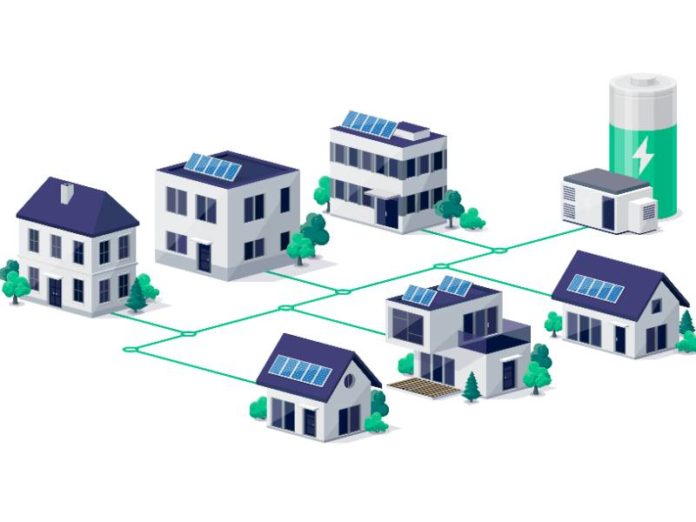
The US Department of Energy Loan Programs Office (LPO) announced a conditional commitment to Sunnova Energy Corp.’s Project Hestia for an up to $3 billion partial loan guarantee to make Distributed Energy Resources (DERs), including rooftop solar, battery storage, and Virtual Power Plant (VPP)-ready software available to more American homeowners.
The loan commitment would fund up to 90% of the program’s estimated $3.3 billion estimated cost.
The LPO said Project Hestia is expected to focus on households in disadvantaged communities across the United States, including Puerto Rico, as well as homeowners with lower credit ratings.
If finalized, the partial loan guarantee would enable Sunnova to provide loans for clean energy systems for 75,000 to 115,000 homeowners. Around 568 MW of solar capacity, battery systems and software is expected to be deployed.
In a statement, Sunnova CEO John Berger said Project Hestia would make possible a “historic private sector investment in disadvantaged American communities and energy infrastructure.”
LPO is offering the conditional commitment through the Title 17 Innovative Energy Loan Guarantee Program. Sunnova said it anticipates the DOE loan guarantee will support up to $4.0 – $5.0 billion in loan originations, reduce the company’s weighted average cost of capital, and generate interest savings.
Several steps remain for the project to reach critical milestones, and conditions must be met before DOE issues a final partial loan guarantee, including finalization of definitive financing documents. The deal is expected to close in the second quarter and Sunnova said plans to issue its first securitization during the first half of the year.
The conditional commitment reflects what LPO said is its intent to support its first virtual power plant project. VPPs are aggregated grid-connected DERs such as photovoltaics (PV), battery storage systems, electric vehicles, and flexible end uses combined with communications and control software.
Have you read:
Finland invests in 150MWh VPP
US DOE labs built a VPP with solar, a nuke, electrolysers and storage. It worked
Coupling aggregated DERs with smart software can create a VPP to deliver power and support grid reliability and decarbonisation in an increasingly electrified world.
Sunnova is expected to offer homeowners software to accompany the PV and batteries and support demand flexibility. The software will give customers insight into their household’s energy usage and greenhouse gas emissions, allowing them to reduce electricity use or contribute electricity to the system in markets that allow such contributions when the grid is under stress.
The project would actively seek to increase customer origination in communities identified by DOE as disadvantaged with a focus on communities with high energy burden, outage duration and events, and climate hazards.
DOE said that rooftop solar has reached commercial market acceptance, with lenders comfortable providing commercial debt to PV projects backed by well-capitalized sponsors. But not all homeowners can access affordable clean energy debt financing. In particular, DOE said that customers with lower credit ratings are typically unable to secure financing. This partial loan guarantee is expected to enable Sunnova’s dealer network to better serve this market.
As of September 30, Sunnova served around 250,000 customers across the US, 14% of whom had added battery storage to their solar systems. DOE said that with the partial loan guarantee to Project Hestia, Sunnova can expand into more markets. Sunnova is targeting at least 20% of Project Hestia loans to help customers with credit scores of 680 FICO or less. In addition, Sunnova anticipates 30% of Project Hestia customers will have batteries included with their system, doubling Sunnova’s battery system footprint fleetwide based on a September 2022 baseline.
Sunnova also is expected to provide up to 20% of loans to homeowners in Puerto Rico. All installations there are expected to include both solar and battery storage.